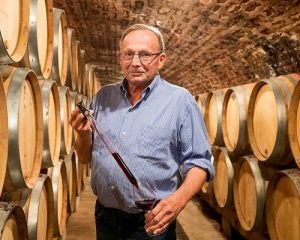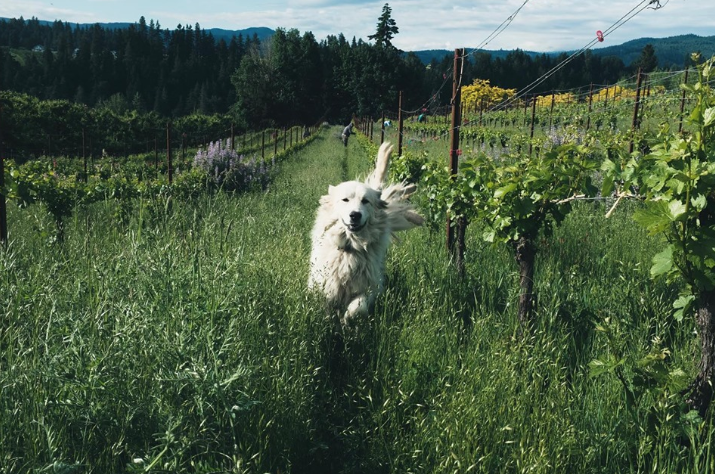
In an idyllic enclave in Hood River Valley, in Oregon, Nate Ready and his partner China Tresemer combined their talents in oenology, market gardening, cooking and visual arts to create Hiyu Wine Farm. We take a closer look at this unique domain.
Nate is a former sommelier with vineyard experience in Slovenia and Italy. He embarked on this adventure in 2010 when he bought Pheasant Valley Winery, near Hood River (East of Portland). The couple wanted to create a traditional farm, where animals, market gardening and vineyards coexist. This model of agriculture of yore is based along the Columbia River and now spans 15 hectares, including six hectares of vineyards, two hectares of pasture, three hectares of market garden, and two hectares of forest.
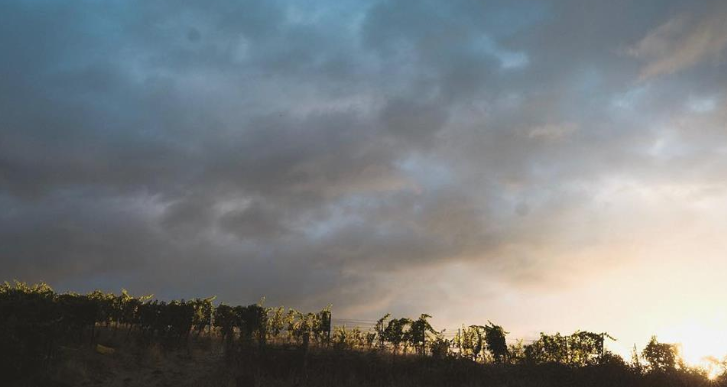
Everything is guided by nature and inspired by both biodynamics and permaculture. The farm is located on south-east facing hillsides, only 35 kilometers from the summit of Mount Hood. The climate can be compared to the vineyards of the Alps, Savoy, Valais and Valle d’Aosta.
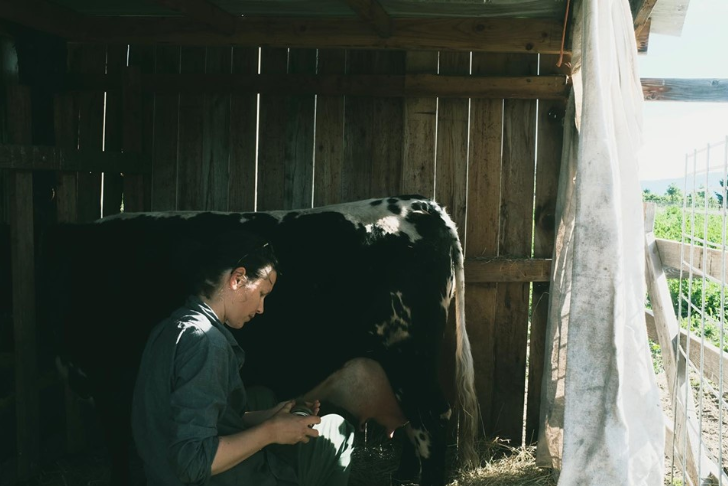
Almost 80 different grape varieties are grown, including: Pinot Noir, Pinot Blanc, Pinot Meunier, Chardonnay, Riesling, Furmint, Harslevelű, Chenin, Peloursin, Mondeuse, Marzemino, Teroldego, Lagrein, Roussanne, Charbono, Viognier, Arvine, Limberger, Schiopettino , Vugava, Corvina, Kadarka, Gamay, Babić, Zweigelt, Valdiguié, Pignolo, St. Lawrence, Zinfandel, Malbec, Merlot, Tannat, Abouriou, Nebbiolo, Cornalin, Mayolet, Tempranillo, Turiga Nacional, Prieto Picudo, Trousseau, Albariño, Tinta Barroca, Graciano, Grenache Gris, Grenache Blanc, Grenache Noir, Juan García… The grape varieties are often grafted onto other varieties, which he classifies by “identity” of geographical origin. Each “identity” is planted on the same soil and is harvested and vinified at the same time.
Apart from a little work under the vines with a scythe, there is no plowing: the grass is entirely regulated by livestock (pigs, cows, chickens, ducks and geese) living among the vines at different times of the year. In order to promote biodiversity in the vineyard, seeds are sown after pigs pass through the vines. The vines are pruned only once, and following that, there is no green harvest or other interruption in the life cycle of the vine.
With only one or two copper sprays a year, the domain uses 85% less products than an organic or biodynamic vineyard: mildew is kept at bay by the addition of cinnamon oil and other biodynamic-inspired preparations.
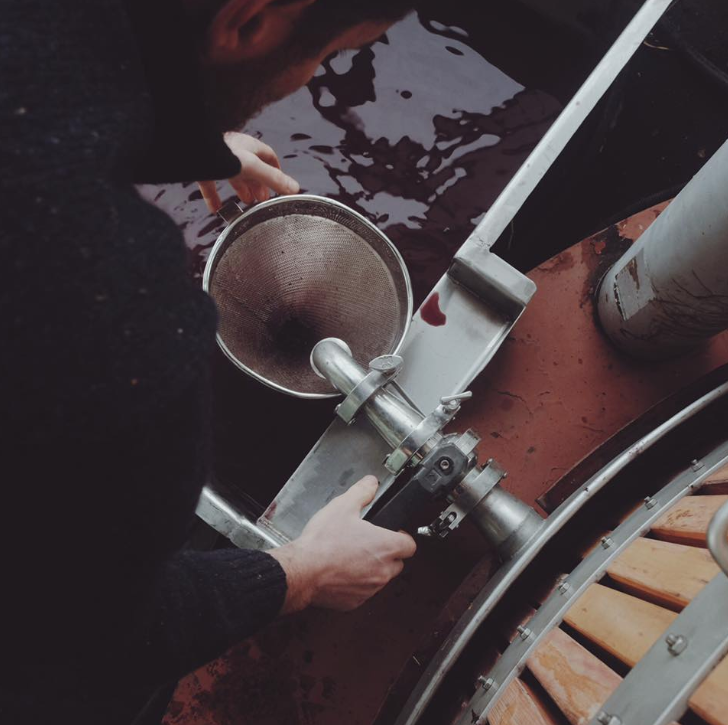
In the winery, the domain favors vinification with small interventions. After manual harvesting, fermentations are triggered by indigenous yeasts. Macerations can be very long, most of the time for 90 days. The wines are then matured in Stockinger demi-muids. The result is very impressive, with wines of incredible freshness, typicity and energy.
Smockshop Band
The farm also rents approximately 10 hectares on various soils around the Columbia River Gorge and buys grapes from growers who share their vision of viticulture. The wines from these grapes bear with the label “Smockshop Band”.
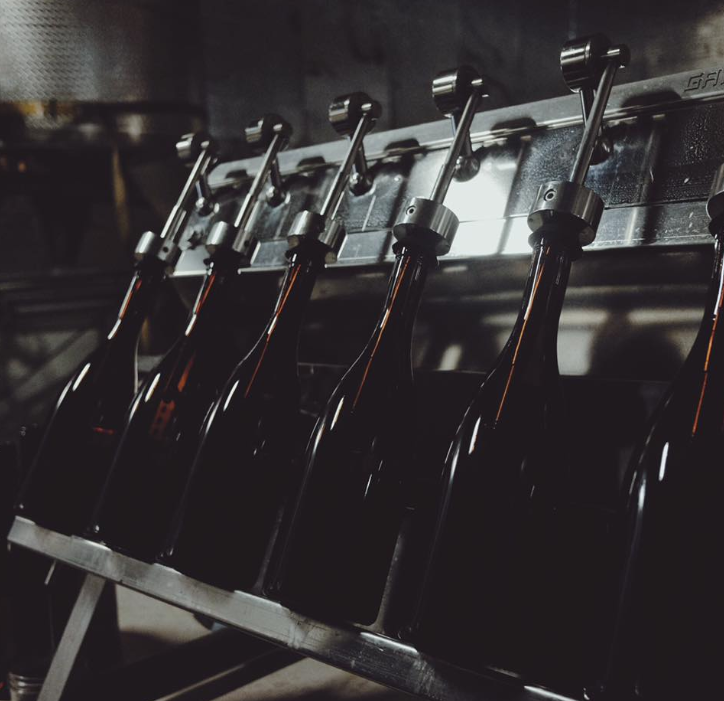
Wines from Hiyu Wine Farm:
Columbia Gorge The May Hiyu Farm 2016
A four-vintage solera made from a blend of Pinot Noir and Pinot Gris. The grapes ferment in whole bunches and macerate for between 90 and 120 days.
Columbia Gorge Arco Iris Hiyu Farm 2016
Made from a blend of Pinot Noir and Pinot Gris fermented in whole bunches and then macerated for a month. Trampled by foot once a day to submerge the cap. Aged in barrels for 16 months. Very nice balance between power, tannin and acidity.
Columbia Gorge Smockshop Band Sorched Earth Vineyard Lunasa Hiyu Farm 2015
The name of the cuvée, Scorched Earth, draws its inspiration from the terroir of sand and basalt, and the desert climate. The wine delivers aromas of honey, sage, roses and a smoky note.
Columbia Gorge Smockshop Band Spring Ephemeral Pinot Noir Hiyu Farm 2017
This cuvée is made from 50-year-old Pinot Noir vines grown on loam soils. After manual harvesting, half of the harvest is destemmed. After spontaneous fermentations (alcoholic and malolactic), the wine is blended with a small portion of long-macerated Pinot Noir and then aged for eight months in neutral oak casks. No filtration or fining, only a tiny amount of sulfur at bottling.


